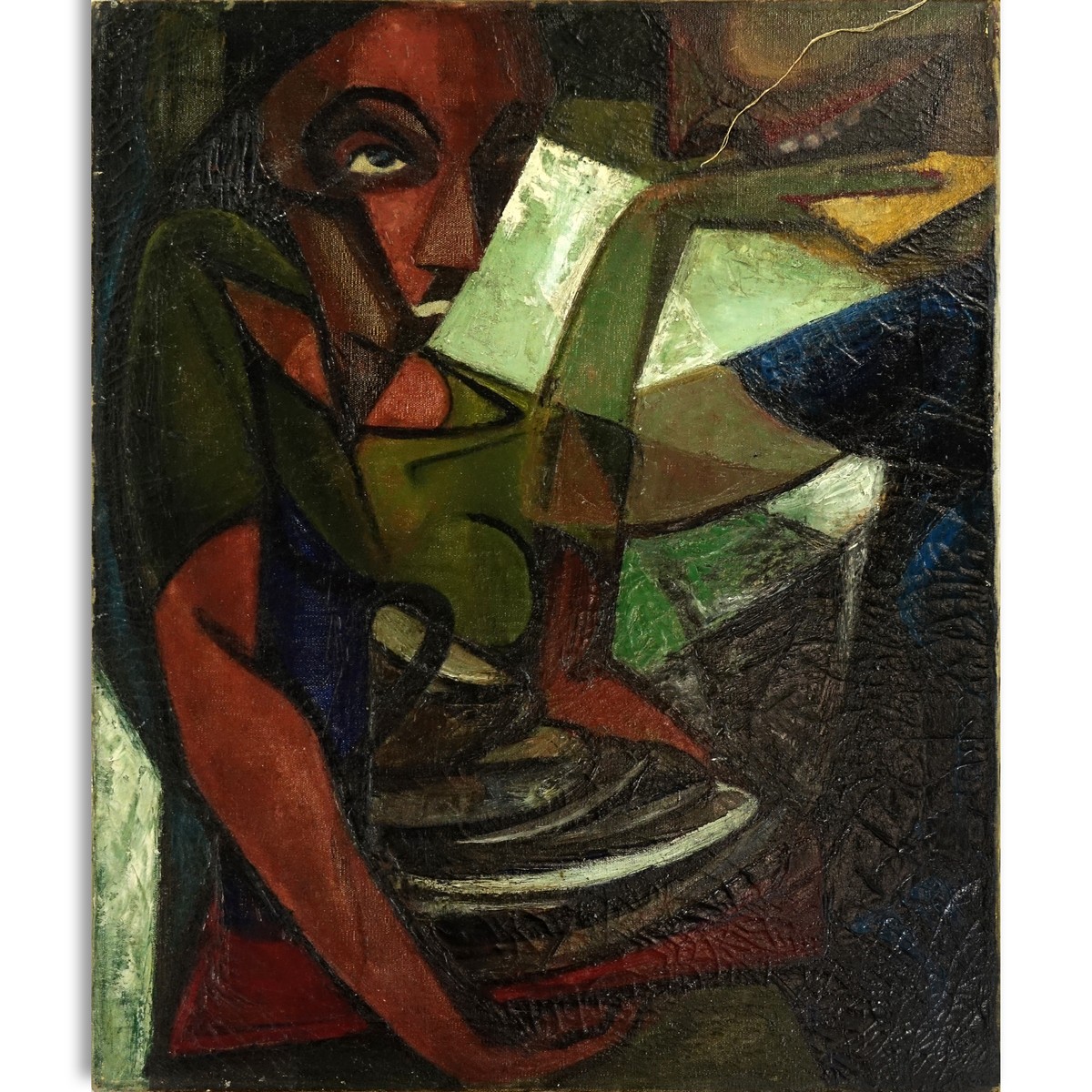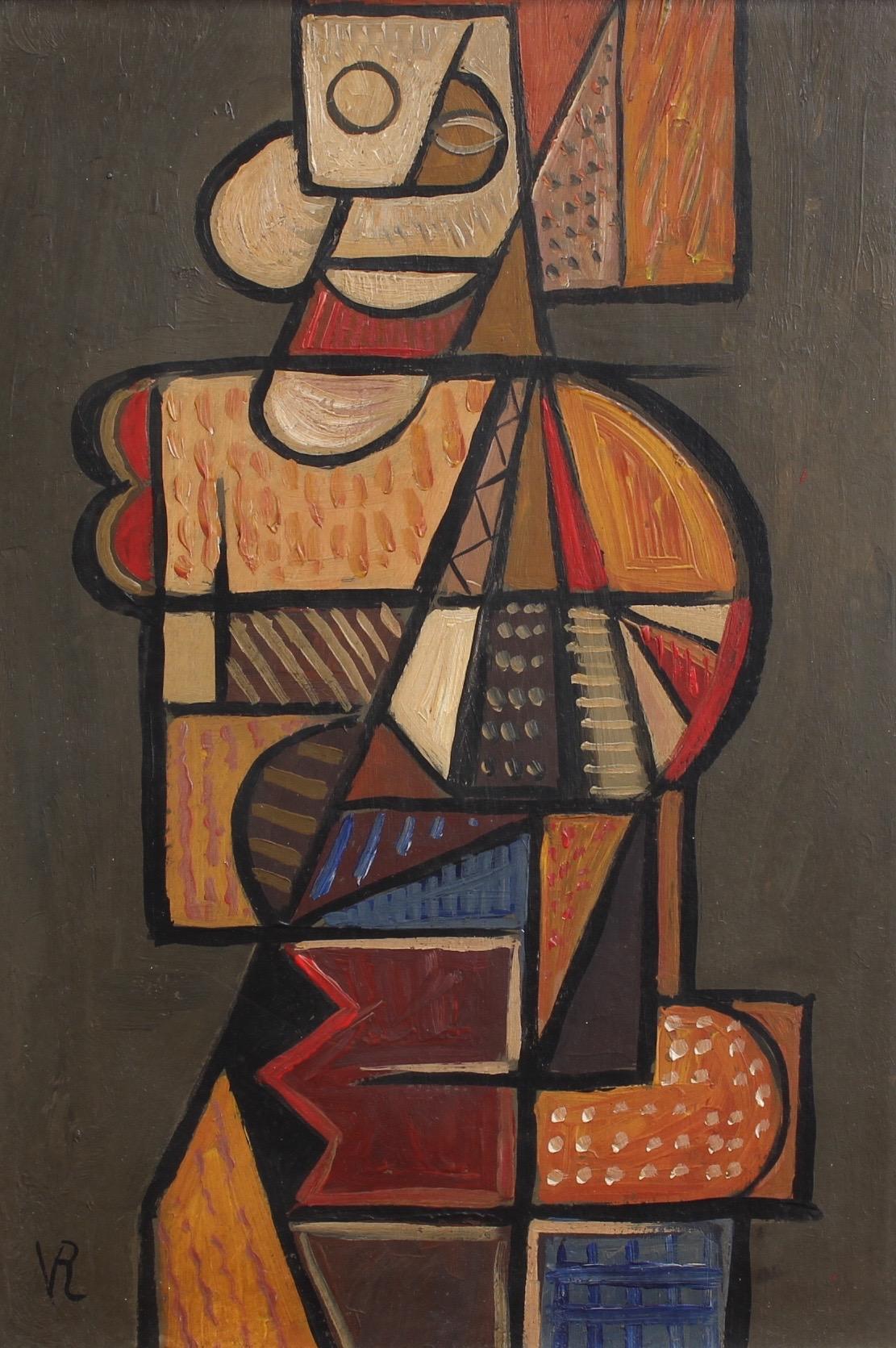
It can be suggested that Dali suggests the distinctive curves of his moustache in this painting, and asks the viewer to try and find them, searching diligently with their eyes below the oval face like shape in the centre of the portrait. It was said that a letter bearing a picture of his moustache instead of an address would nevertheless get to him. What the cubist background of this painting is supposed to represent - a kind of toreador's cape, an engulfing wave, or something different - is perhaps up to the viewer to decide.ĭali's most famous feature is often said to be his trademark curly moustache. Cubism involved breaking an image up into interlocking or overlapping cubes to create an effect that was at once geometric and dreamlike.Ĭubism is also often associated with an industrial mindset and the industrial greys and steely blues in 'Cubist Self Portrait' are evidence of this mindset. However, it can also be argued that this cubist portrayal of himself actually shows us something authentic about Dali's personality - his desire to flout conventions and keep viewers guessing.Ĭubism was very popular in the time in which Dali painted this picture (he completed it in 1923). Rather than showing us realistically what the artist would look like, the portrait perhaps mystifies us further. Picasso produced a portrait of Kahnweiler in 1910, painted in the Cubist style: of unstable planes of light overlapping and intersecting. Tate glossary definition for cubism: A revolutionary new approach to representing reality in art invented by artists Pablo Picasso and Georges Braque in. This unmooring from formal ideas of art would shape numerous styles that followed, from Dada to Surrealism.įind a collection of authentic Cubist paintings, prints and multiples, sculptures and more art on 1stDibs.This is also not a conventional portrait - it is difficult to make out a human form in the picture initially.

Synthetic Cubism, dating from 1912 to 1914, moved to brighter colors and a further flattening of images. The palette was usually monochromatic and muted, giving attention to the overlapping planes. In Analytic Cubism, from 1908 to 1912, figures or objects were “analyzed” into pieces that were reassembled in paintings and sculptures, as if presenting the same subject matter from many perspectives at once. While their subjects were often conventional, such as still lifes, nudes and landscapes, they were distorted without any illusion of realism.Ĭubist art evolved through different distinct phases. Its artists, which included Fernand Léger, Alexander Archipenko, Marcel Duchamp, Juan Gris and Jean Metzinger, experimented with compressing space and playing with the tension between solid and void forms in their work. Do whatever you think looks good, or whatever ideas you have for your own drawing. You could also experiment with different ways to outline your drawings. Guitar, Ma Jolie Dice 120 Pitcher and Bowls 66 The Pont-Neuf 31 Portrait of a Young Girl (Woman Seated in Front of the Fireplace) 111 Portrait of.

You will need: Thick paper or card A black pen or pencil if you. You can make your drawing look more interesting by using both thick and thin lines. Have a go at making your own cubist portrait using drawing, painting and collage techniques.


Its watershed moments are considered Picasso’s 1907 Les Demoiselles d’Avignon, in which nude figures are fractured into angular shapes, and Georges Braque’s 1908 painting show, which prompted a critic to describe his visual reductions as “cubes.”Īlthough Cubism was a revolutionary art movement for European culture, it was informed by African masks and other tribal art. Draw a Cubism Portrait for Kids Draw the head and a simple neck. Cubism Portrait Outline Go over your rough drawing with a black pen or marker. Cubism majorly influenced 20th-century Western art as it radically broke with the adherence to composition and linear perspectives that dated back to the Renaissance. Inspired by the nontraditional ways Postimpressionists like Paul Cézanne and Georges Seurat depicted the world, Pablo Picasso and Georges Braque pioneered an even more abstract style in which reality was fragmented into flat, geometric forms.


 0 kommentar(er)
0 kommentar(er)
